What are the main MySQL commands?
To make the most of the features of this database, it is important to know the main MySQL commands and operations. In this article, we will explore the main MySQL commands, from managing databases and tables, to creating and managing users and permissions. So, by the end of this article, we will learn MySQL using the basic commands and will […]
Advanced MySQL Commands
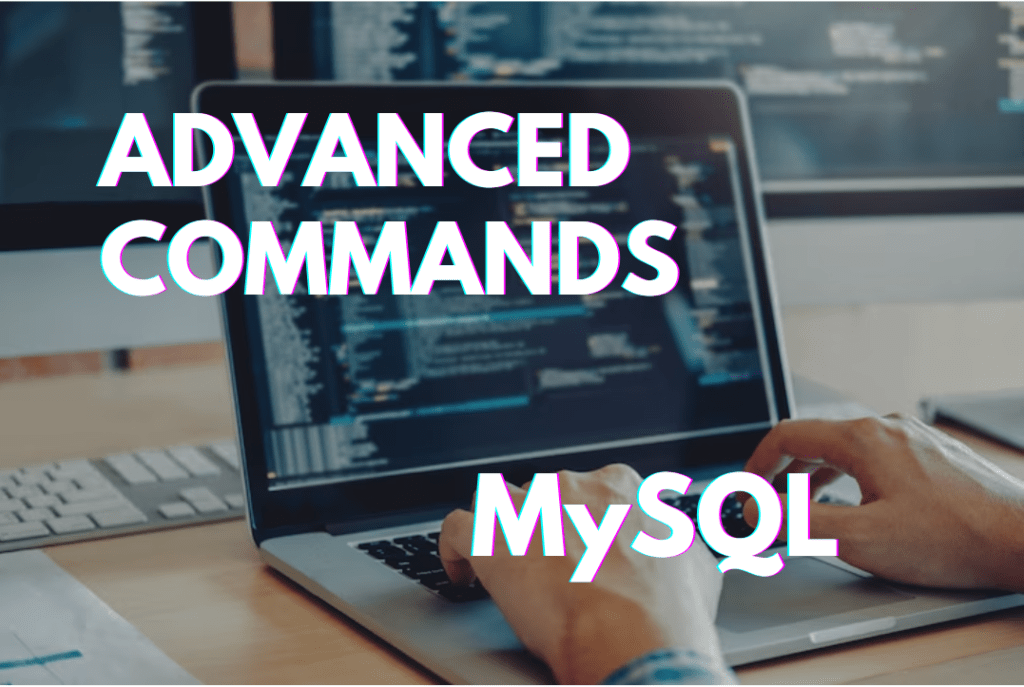
MySQL is one of the main databases used in web and desktop applications. It is known for its ease of use and its ability to manage large amounts of data. However, many users do not take advantage of MySQL’s full potential due to a lack of knowledge about its advanced commands. In this article, we will explore […]
Oracle and MySQL: What are the main differences?

Oracle and MySQL are two of the main relational databases used in business and information systems. In this sense, both offer advanced features for data management and support for business applications, but they have significant differences in terms of history, features, performance, security, support and cost. In this article, we will explore the main differences between […]
PostgreSQL and MySQL: What’s the difference?
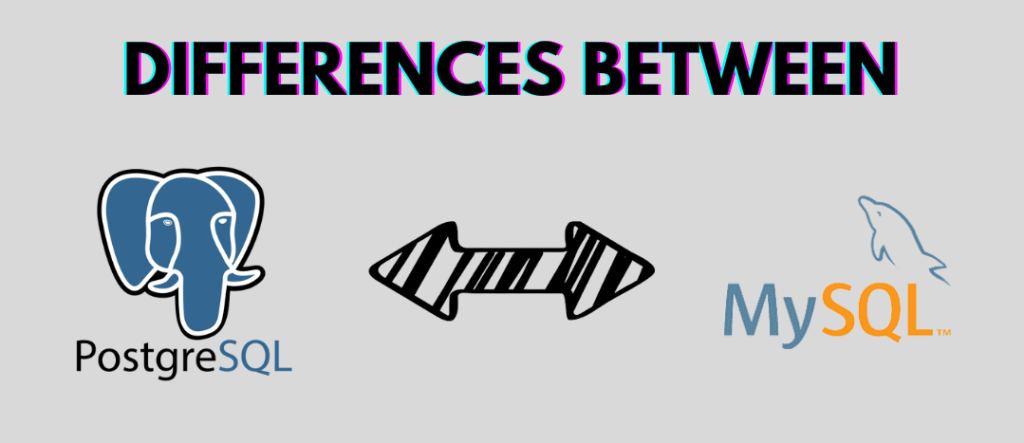
PostgreSQL and MySQL are two of the most popular and widely used database management tools on the market. Both systems have advanced features and powerful functionality, but they also have significant differences in their architecture, performance and capabilities. In this article, we will compare and analyze the differences between PostgreSQL and MySQL. Better understanding the characteristics of each […]
What is SQL?
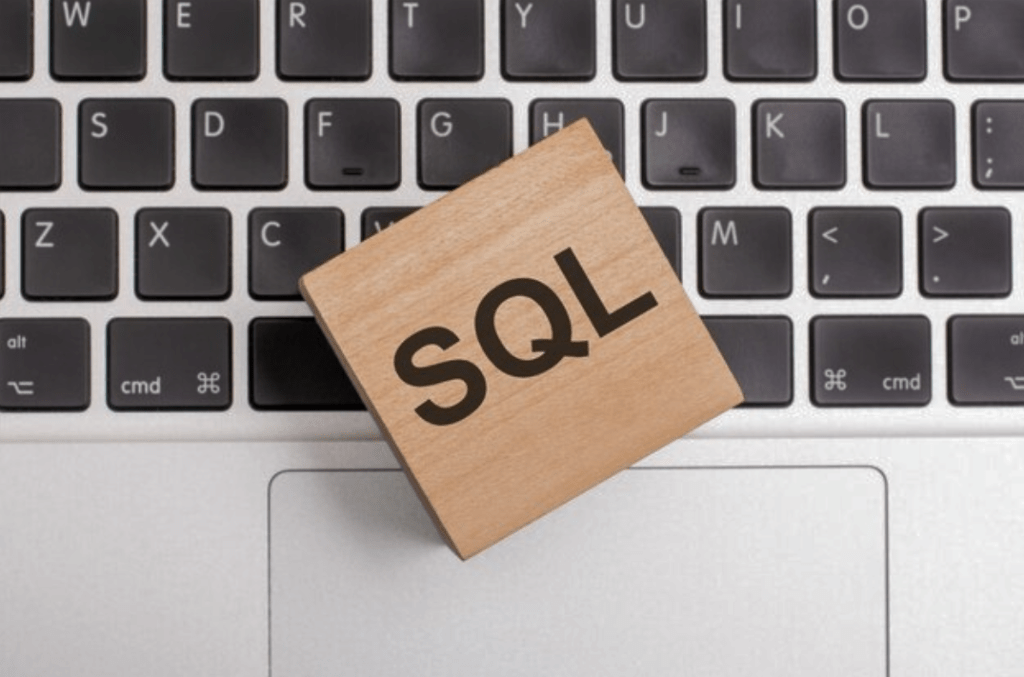
SQL (Structured Query Language) is a programming language standard used to manage relational databases. Therefore, it is important to understand what SQL is, as it is widely used in managed data, management and data analysis systems in companies around the world. In this article, we will discuss the basic concepts of SQL, including its structure and syntax. Additionally, […]
ORDER BY SQL: Techniques and Practical Applications
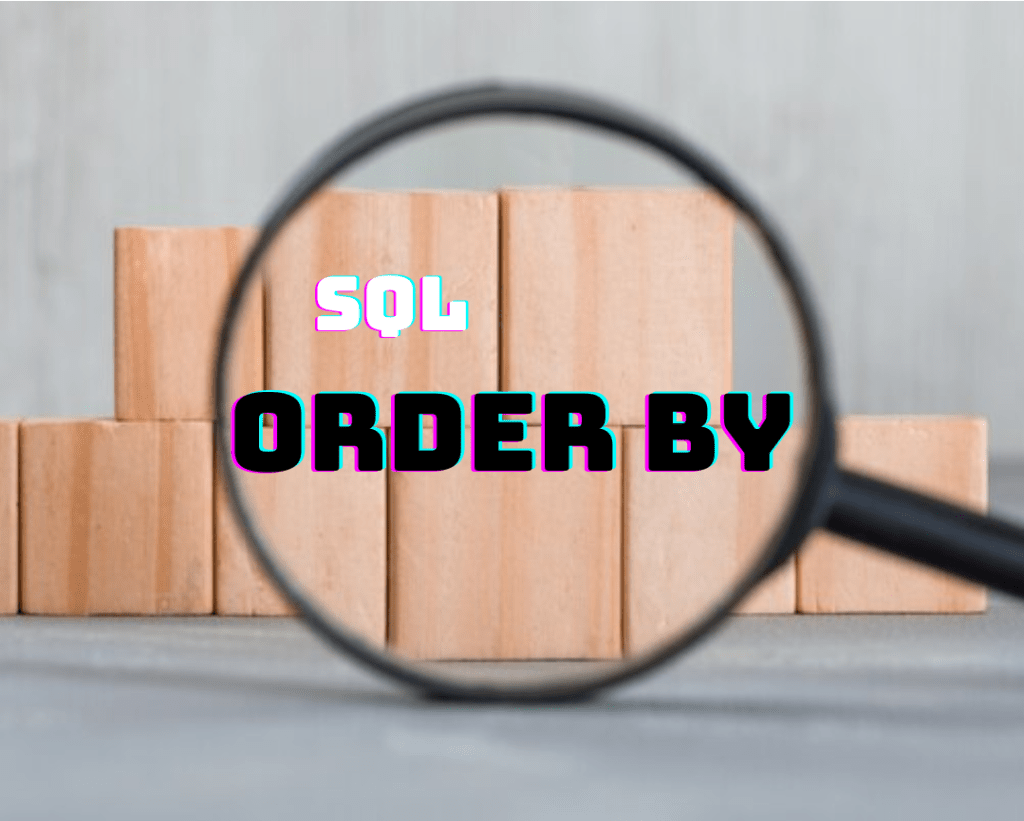
The ORDER BY statement is one of the most powerful tools available in SQL for filtering and sorting data in a database. This way, you can select specific columns, sort the results in ascending or descending order, and even sort results into groups. Thus, the ORDER BY statement is essential for anyone working with data in a database and […]
PL SQL: A Complete Guide

SQL (Structured Query Language) is widely used in managing and manipulating data in database systems. However, in situations where it is necessary to carry out more complex tasks. Such as, for example, large-scale data manipulation, generation of personalized reports. Or integration with external applications, the SQL language may prove to be limited. In this case, it is common […]
What are MySQL data types?
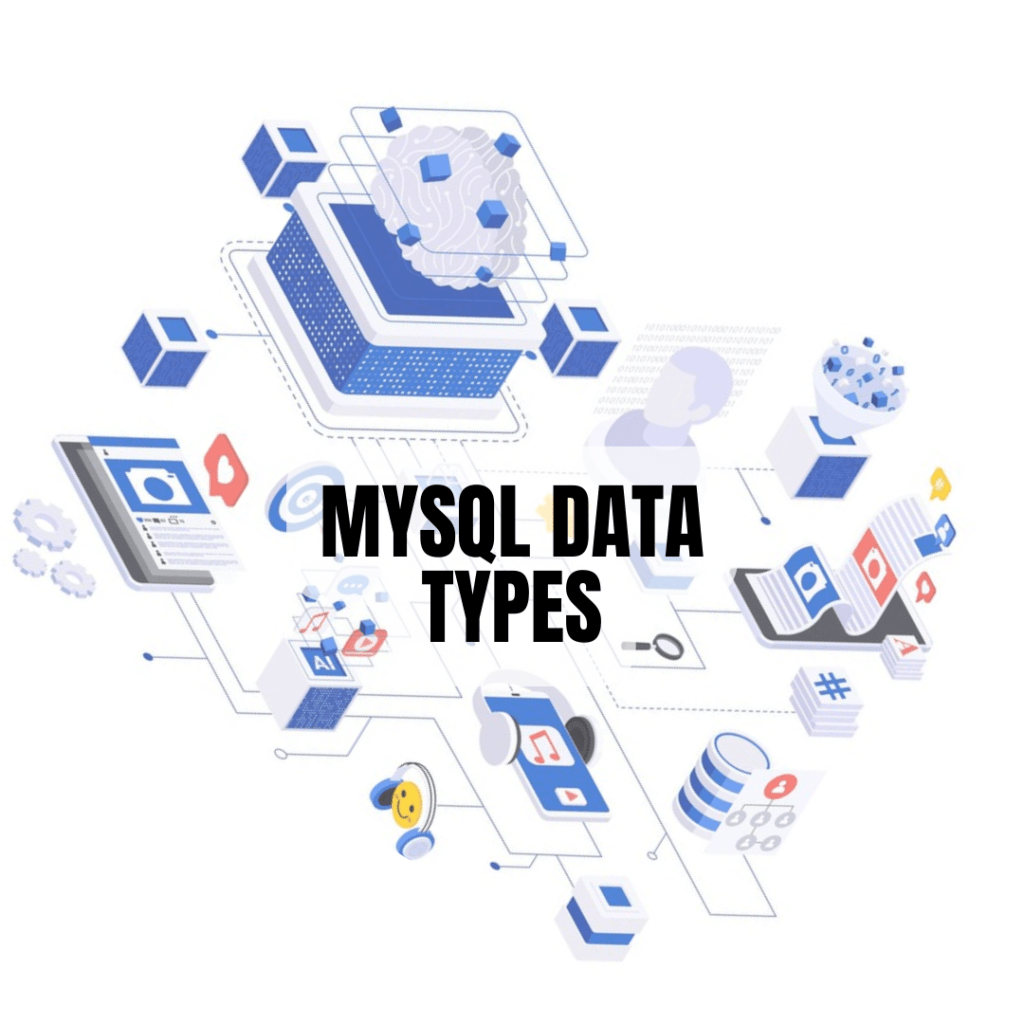
MySQL, one of the leading relational database management systems, offers a variety of data types so that developers can store data of different types and formats. Data management is fundamental to any information system, and one of the most important aspects of data management is choosing the appropriate data type for each value stored in the database. Additionally, […]
DELETE INTO SQL: Deleting and adding data
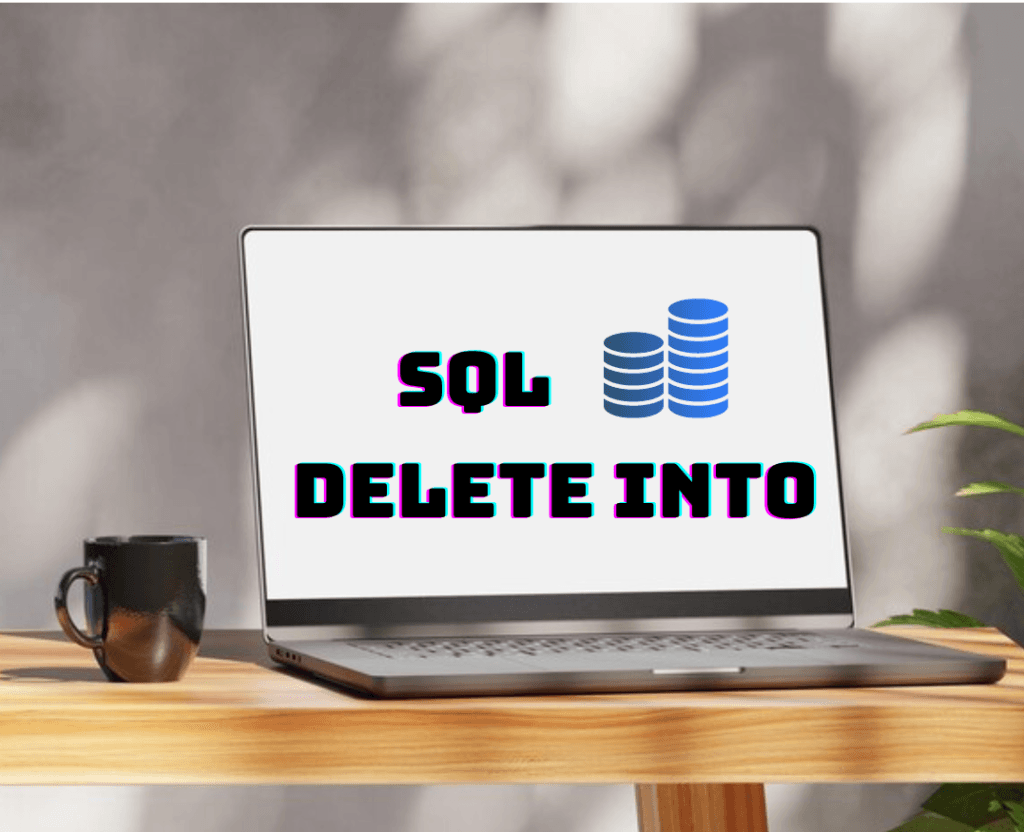
DELETE INTO in SQL is a clause that allows you to delete records from a table. At the same time, it allows you to insert new records into another table . This clause is very useful for performing data cleaning operations or for creating new tables from existing data. When deleting records from a table, DELETE INTO ensures that […]
CASE WHEN SQL: What is it and how to use it?

CASE WHEN is one of the most powerful and versatile functions in SQL, allowing you to perform advanced operations on your data tables. This way, it is possible to perform selection, update, insertion and classification operations according to specific rules defined by the user. However, many people still don’t quite understand how CASE WHEN works or how to […]
GROUP BY SQL: how to group and analyze data in SQL

GROUP BY SQL is an essential technique in SQL that allows you to efficiently group and analyze data . The main motivation behind GROUP SQL is to simplify the analysis of large data sets, allowing users to extract meaningful information and create reports based on specific criteria. Therefore, we use GROUP BY to group records with similar information . Combining with other […]
COUNT SQL: how to count records in SQL

The COUNT command allows you to count the number of records that satisfy a specific condition in a search. COUNT SQL is widely used in various contexts. From sales and stock analyzing to the evaluation of systems and processes. In this article, we will explore COUNT, addressing its forms of use. Also, characteristics and applications in different sectors and […]
Join SQL: How to use it?

In the world of databases, the “JOIN” command is one of the most powerful tools used in SQL (Structured Query Language) to interact with the data stored in these databases. Therefore, we use JOIN to combine information from related tables, allowing users to get answers to complex, detailed questions based on multiple columns and rows of data . […]
Update SQL: how to update data in SQL
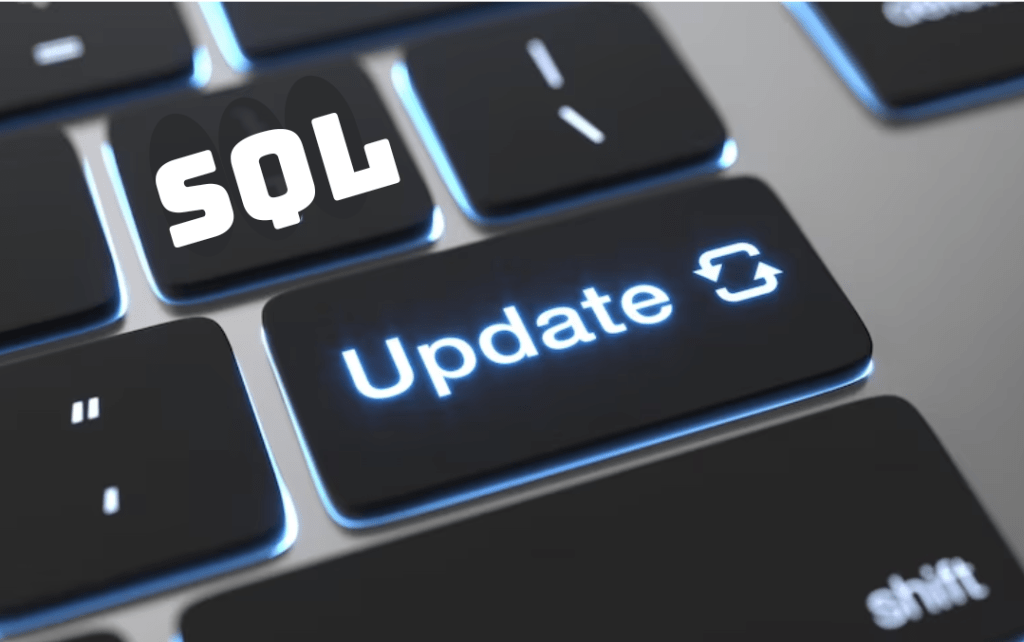
Update in SQL is an operation that modifies existing information in database tables . This allows you to update, create or delete records according to usage needs , ensuring the timeliness and reliability of the data. In this article, we will explore the basic concepts of Update and present its syntax for different uses. In addition, we will discuss the types […]
MySQL Grant All Privileges: How to manage user privileges
The primary function of the MySQL privilege system is to authenticate a user who connects from a given host and to associate that user with privileges on a database such as SELECT, INSERT, UPDATE, DELETE etc. In general, Mysql Grant All Privileges ensures that one user has access to one or more databases and/or table. […]
List MySQL Users: How to manage access
MySQL is an open source relational database management system. MySQL is a component of the LAMP web application software stack, which is an acronym for Linux, Apache, MySQL, PHP. A web application using MySQL database have to authenticate via a MySQL user and password who has sufficient privileges on that particular database. So MySQL users […]
How to grant MySQL remote access: in Linux and Windows

Firstly, by default MySQL is installed only listening to localhost. It’s closed so that it won’t listen to your public IPs externally. This tutorial works both for Ubuntu, Debian and CentOS. To grant mysql remote access, we need to first of all open the MySQL to listen to external connections, and then, enable the user […]
Reset MySQL root password in Ubuntu
To recover or reset MySQL root password in Ubuntu, you should simply follow some steps. This process may vary according to the operating system. Ubuntu offerts a possibility to restore the root password via dpkg, which is a native package management system. Recovering the database root access: reset MySQL root password in Ubuntu First, we need to […]
How to install MySQL in Ubuntu 14
To install MySQL in Ubuntu, need to have root access to an Ubuntu server. This tutorial applies either to a dedicated server and a cheap vps hosting server. The first step is to login by SSH into your server. First of all, we have to update all the packages of the server sudo apt-get update […]